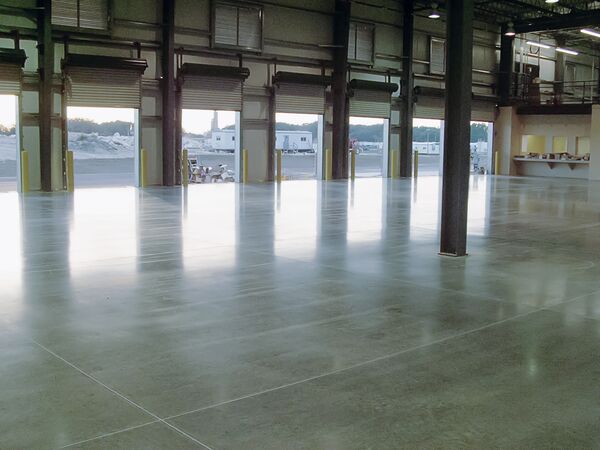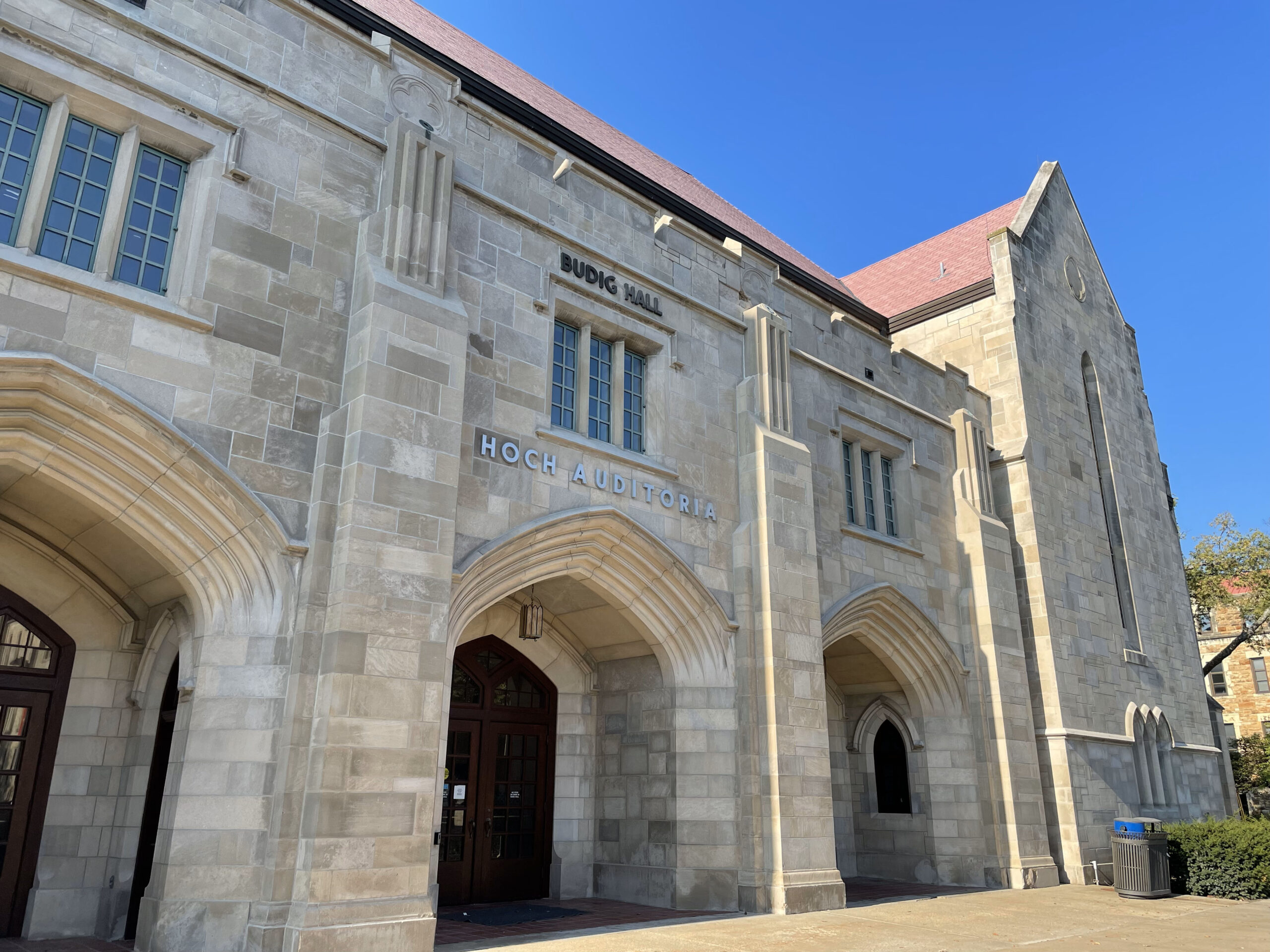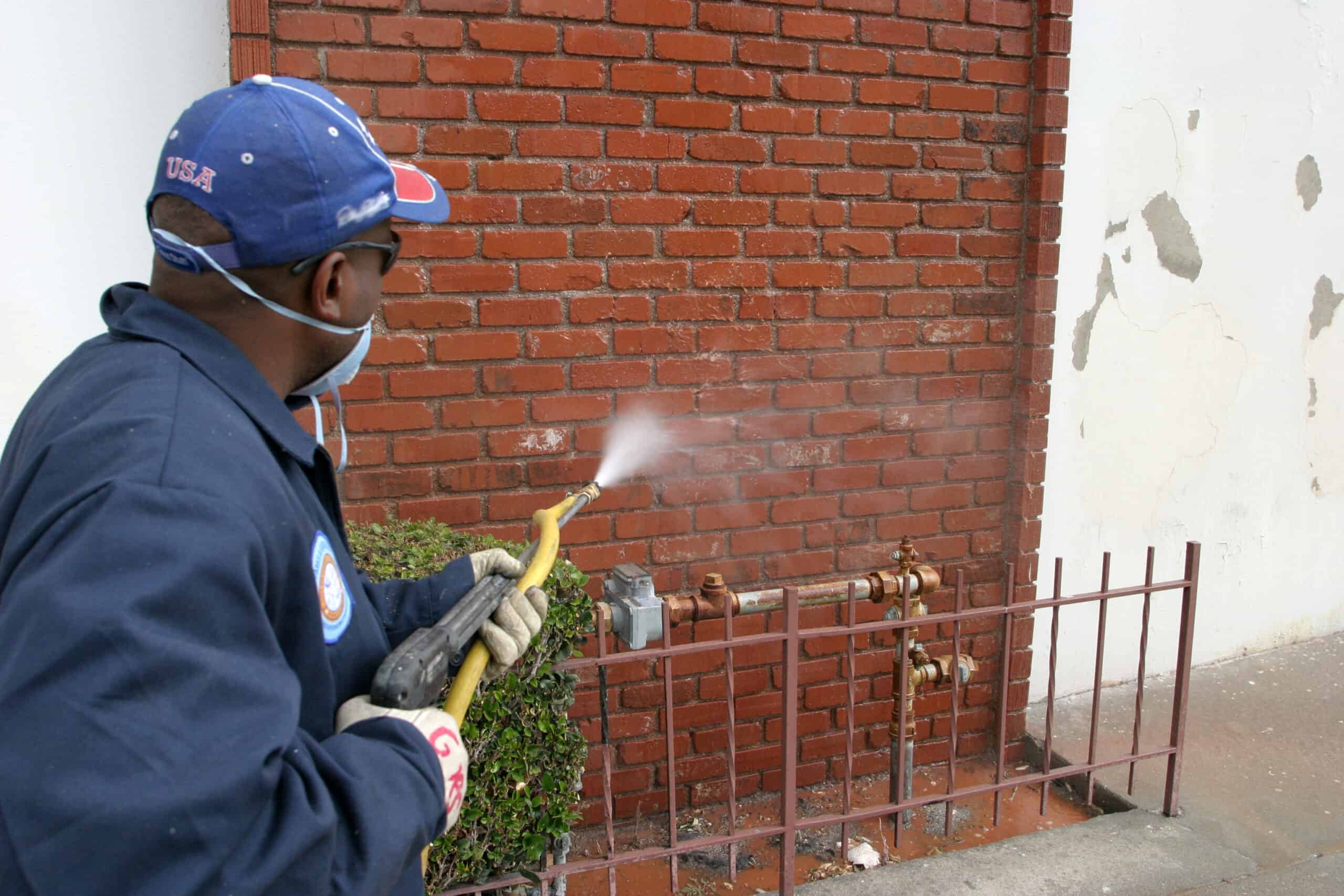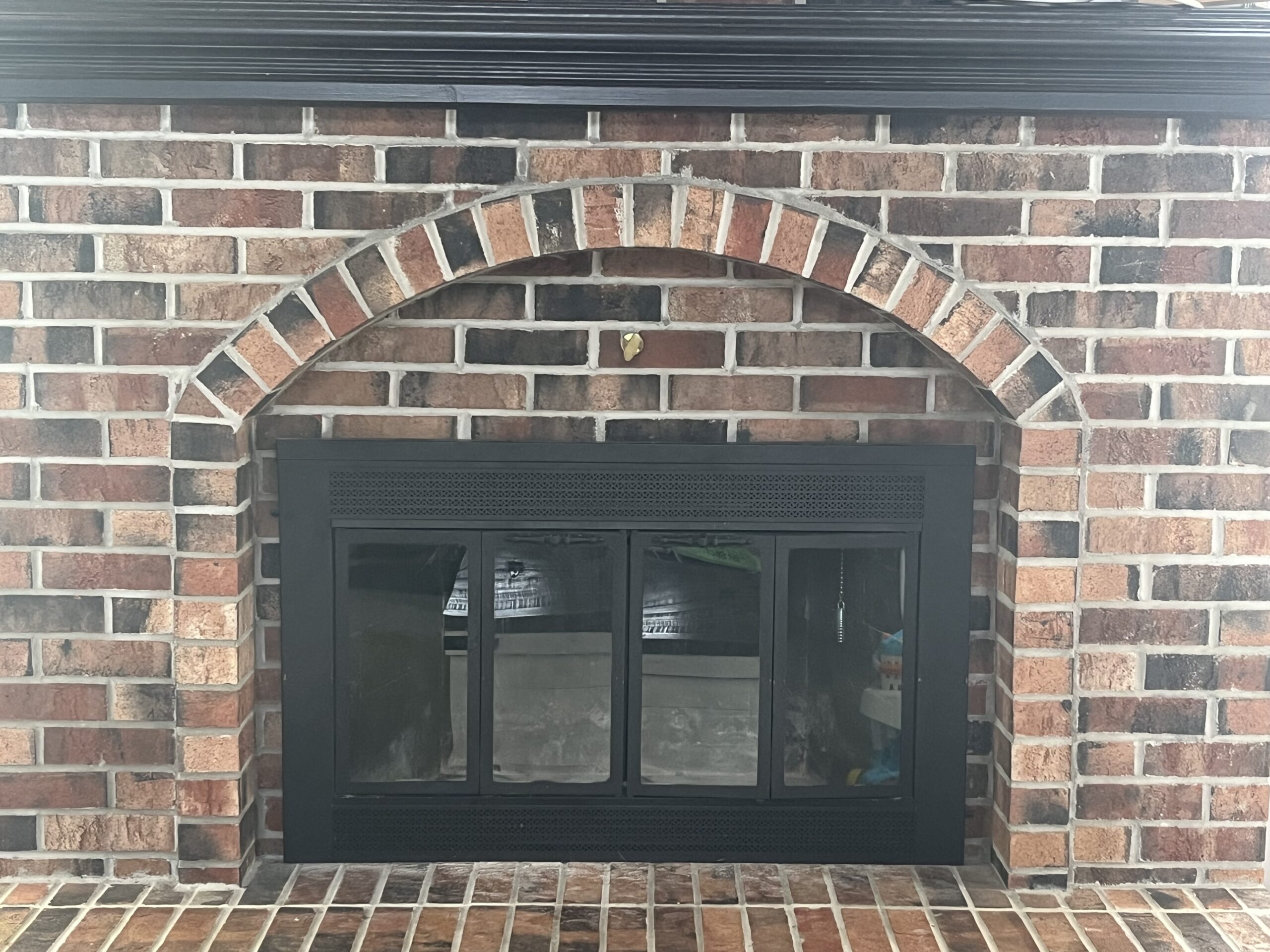
Preserving Natural Beauty: The Case Against Painting
One perspective argues passionately for the preservation of the natural beauty of brick and masonry. Exposed brick and masonry surfaces offer timeless charm and character that are difficult to replicate with paint. These surfaces showcase the unique texture, color variations, and visual depth that can make a home truly special.
Moreover, maintaining brick and masonry in their natural state helps uphold the historical and architectural significance of certain homes and neighborhoods. Many preservation organizations and local regulations exist to protect these unique structures, emphasizing the importance of maintaining their authenticity.
Additionally, painted brick can have long-term consequences. Trapped moisture, peeling and flaking paint, and limited breathability are all concerns that can arise when painting over these surfaces. Not to mention, repainting becomes an ongoing maintenance task that can be both costly and time-consuming.
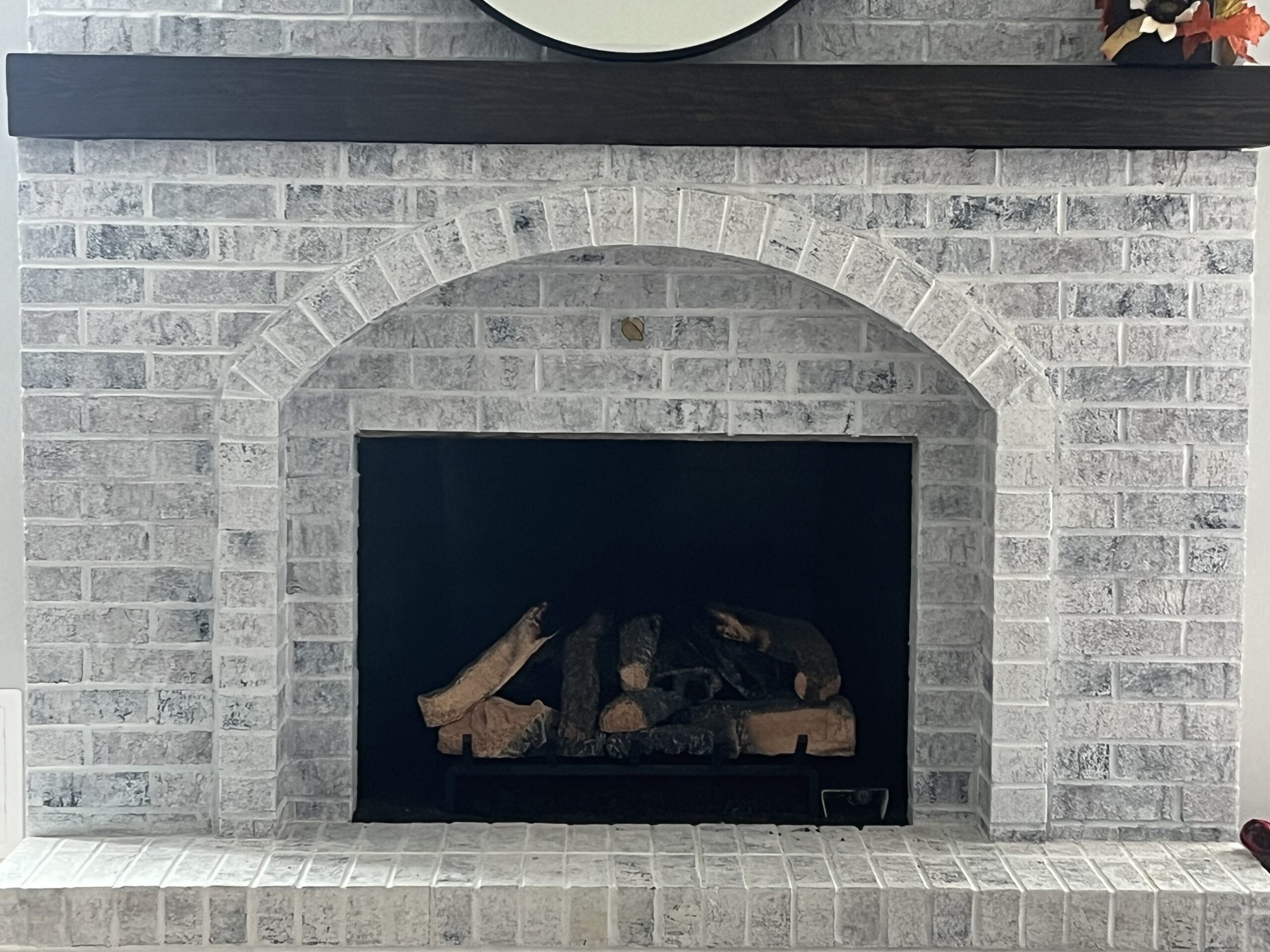
Unlocking the Destructive Power of Painted Brick
On the other side of the spectrum, the dangers of painted brick and masonry are emphasized. Trapped moisture, which can infiltrate the porous material, leading to issues like efflorescence and structural damage, is a significant concern. The constant need for repainting is not only a financial burden but also a continuous maintenance hassle.
Moreover, the irreversible nature of painting brick and masonry is highlighted. Removing paint often requires abrasive methods that can damage the substrate, making it a costly endeavor.
Finding a Middle Ground: Maintenance with Purpose
So, how can homeowners strike a balance between preserving natural beauty and addressing the challenges of painted brick and masonry? The answer lies in maintenance with purpose.
1. Regular Inspection: Regardless of whether your brick or masonry is painted, regular inspections are essential. Look for signs of moisture intrusion, cracking, or peeling paint. Address issues promptly to prevent further damage.
2. Quality Paint Selection: If you decide to paint your brick or masonry, opt for high-quality, breathable paints designed for these surfaces. This can help mitigate some of the moisture-related concerns.
3. Professional Guidance: Consult with professionals who specialize in brick and masonry preservation. They can offer insights into your specific situation and recommend appropriate maintenance and protection strategies.
4. Historical Considerations: If your home has historical or architectural significance, research local regulations and preservation guidelines before making any changes. Respect the unique character of your property.
5. Regular Maintenance: Whether painted or unpainted, brick and masonry require regular maintenance. Cleaning, sealing, and repointing mortar joints are essential tasks that can help prolong the life of these surfaces.
In conclusion, the choice between painted and unpainted brick or masonry is not black and white. Both sides of the debate offer valid arguments, and the best approach lies in a thoughtful balance that suits your home's unique characteristics and your maintenance preferences. Ultimately, the goal is to preserve the beauty and integrity of your property, whether that means embracing the natural charm of exposed surfaces or making carefully considered changes to address specific needs.
